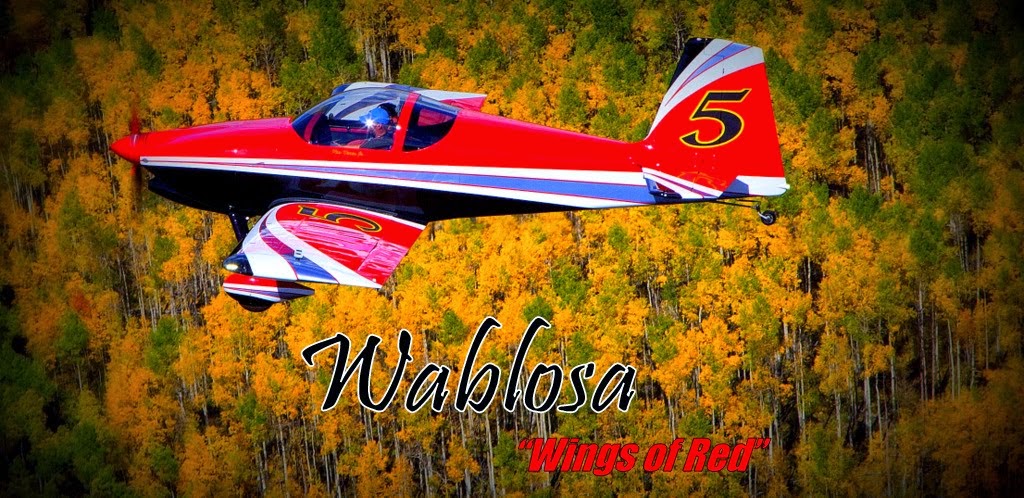I've been experiencing quite a bit of enjoyment lately with the build. Although I am no longer in the business of "predicting when the first flight will happen", its becoming clear its getting closer every day. These last jobs are time consuming, mind you, but I definitely get the feel that these are the finishing touches of a 4+ year journey because the punch list is getting shorter.
Getting the rudder cables hooked up and finalized. First order of business was lube the tailwheel with oil, next attach the control arm and then the actual cables themselves. Once this is done, you can then move to the cockpit and attach the other end of the cables to the pedals.
To do that, you need to fabricate these two cable links out of 4130 steel. DO NOT make these out of aluminum! I have heard of builders doing this, even though it clearly states to use 4130 steel. Aluminum is not strong enough and will be the weak link in the system. This thickness, in alum, will not be up to the task. If one of these snapped in flight, would it kill you? Maybe not...but I wouldn't take that chance. My links, just for reference, came out to 2.5" centerline to centerline...the drawing doesn't give a dimension, but scales out to 1.625"
With the rudder cables hooked up, onto the hinge pin on the trim tab. I still needed to finalize this bugger...and really wasn't sure how since I have a rather unique trim tab. I finally came up with what you see here...a hinge eyelet with an extender riveted to it. This should do the trick.
While I was back there, I pulled out my trim motor and checked the cotter pins one more time. Good to go. Looking at this picture just now, I notice I don't have torque seal on the all thread nuts...I would feel better if I had that even though I think they are tight, I will take this back off and make sure these are tight before first flight.
To finish up, I installed the last cotter pin on the link arm as shown here.
Also trying to finish up the last details on my center console. I installed a hold down clip to secure the front end. The back end will have one screw so the entire bezel can be removed by that one screw.
Screw and clip in place...looking good.
Envision the red leather pad, and a vinyl wrapped bezel that matches the side panels...gonna look HOT!
Now, attacking the cowl...I knew I had quite a bit of detail work to do on the cowl to bring it up to my standards. First order of business was the cowl pin covers. You can buy a set of these from Aerosport Products, but alas, I figured it would be pretty easy to do myself and decided to save the money for a change. I was not wrong, these were not difficult to fabricate and kind of fun to do. I started with a 1/8" thick alum bar...made a football shaped pattern and went to work.
First trace and cut the hole in the cowl fiberglass. Then, insert your slightly oversize blank into the hole pulled up flush...you want it nice and tight. Put some mold release on the inside surface and then glass right over the top of it.
After it cures...pop it out and voila, a perfect plug. Now cut the parting line back in to separate the cowl halves again.
I threw this pic in...just cuz...I think the SJ cowl looks sweet with those aluminum inlet rings and matching cowl pin covers!
Once I got both sides done...I then took my oversized football and carefully trimmed it down on the belt sander so it has a nice consistent reveal all the way around. Remember, you have to leave room for paint. You can see, I added a nice contoured radius to blend into the curves of the cowl. Looks really nice, I enjoyed this task very much and have already gotten compliments from my hangar mates.
After drilling and countersinking the holes, I had planned to epoxy on some retention features for the hinge pins. I used 5 minute epoxy. It worked like CRAP! Don't do this...they just popped right off under stress. I then thought, why do I need to retain them anyhow? They aren't going anywhere...they cant escape the inside of the cowl going forward or backwards, so I decided to just leave them off. If you were going to paint these covers, you could rivet them on...but I think I am going to leave mine polished aluminum, so no rivets for me.
And putting some finishing touches on the sanding. Squint your eyes and picture this with polished aluminum inlet rings and cowl pin covers, along with the finish paint...ooo la la, gonna be purdy. Until next time!













































